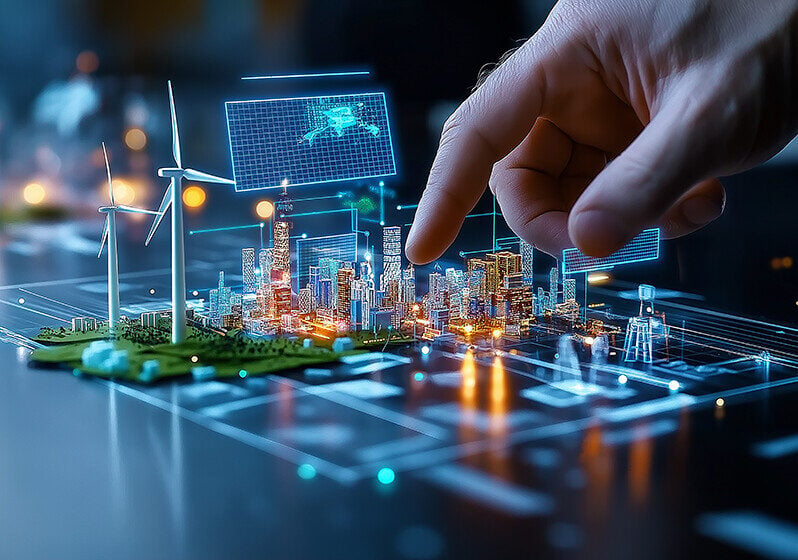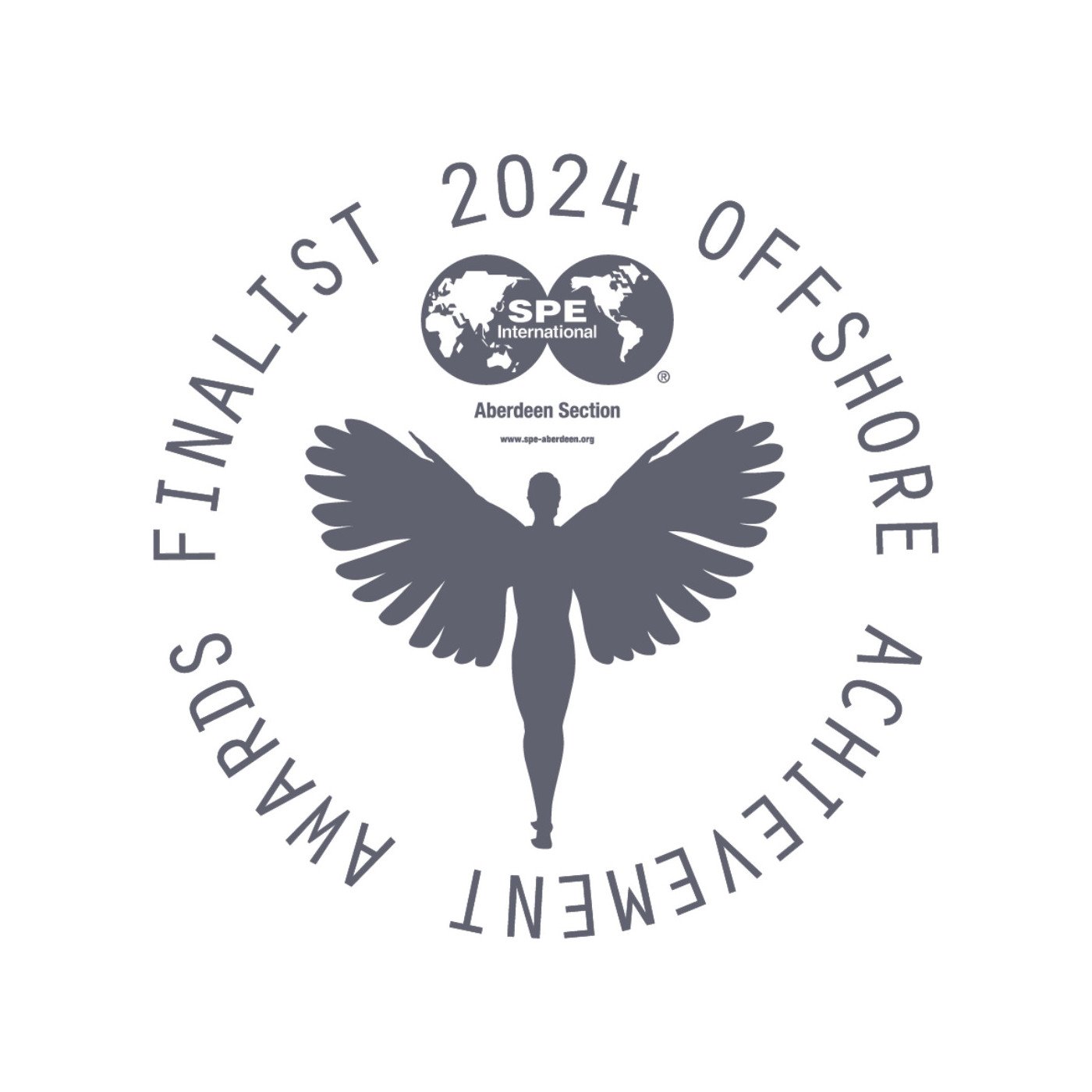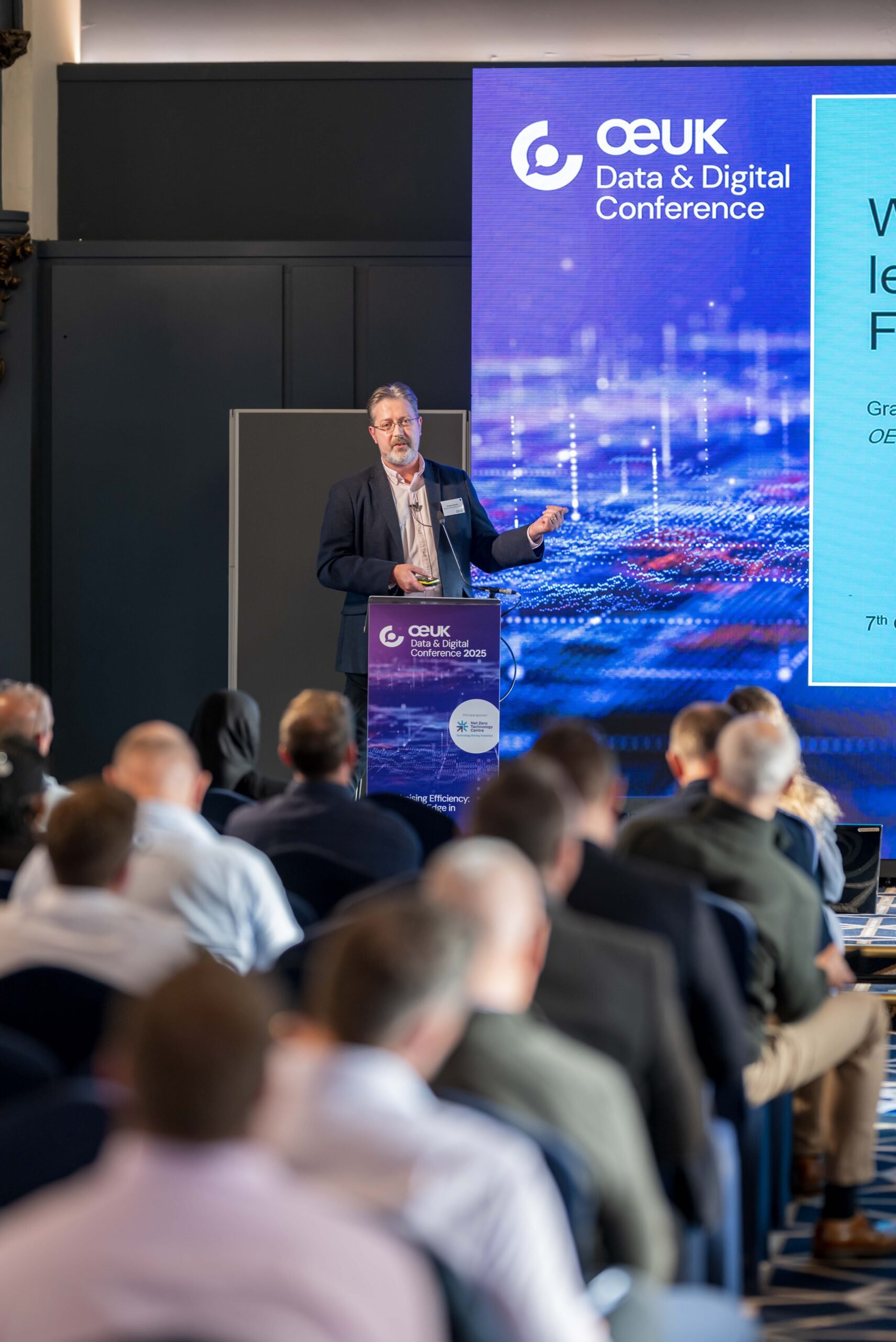NEWS & INSIGHTS | Opinion
How digital projects are powering the net zero transition

The Net Zero Technology Centre’s (NZTC) ‘Digital for Net Zero’ team recently unveiled the results of a three-year digital innovation journey during the webinar How digital transformation is driving the North Sea energy transition. The session set out a compelling vision for digital reinvention in energy, backed by insights from several major projects led by NZTC.
With rising pressure to decarbonise while safeguarding energy security and operational efficiency, the team highlighted the role of robotics, data architecture, remote operations and simulation. The discussion explored how these technologies could drive real change in the sector, if key barriers are overcome.
The projects featured were part of the Net Zero Technology Transition Programme (NZTTP), funded with £16.5 million from the Energy Transition Fund, and match-funded by industry to help transform the North Sea energy system.
The session focused on four initiatives: OEDA (Offshore Energy Data Architecture), Data for Net Zero (D4NZ), OLTER (Offshore Low Touch Energy Robotics) and ARO (Advanced Remote Operations). Together, they provide a blueprint for smart, scalable and collaborative digital ecosystems.

Barriers blocking the digital path to net zero
Data fragmentation:
Data exists in silos, making collaboration and optimisation across assets difficult.
Low adoption of robotics and automation:
Despite years of R&D, robots remain underutilised due to a lack of assurance frameworks and real-life testing environments.
Trust in data sharing:
Concerns around security and competitiveness hamper cross-industry data pooling.
Limited testing facilities:
Existing testing facilities are often small-scale, idealised, or commercially restricted, focussing on technology development rather than industrial testing.
Workforce skills gap:
A mismatch between future digital roles and current offshore capabilities poses a long-term capability risk.
Regulatory and cultural inertia:
Resistance to change remains prevalent in a risk-averse sector.
These projects uncovered several systemic barriers impeding digital adoption. These challenges are compounded by the accelerating pace of digital innovation, further widening the gap between technology readiness and industry implementation.
The projects driving solutions
OEDA explored how the offshore sector can securely and effectively share data. By leveraging the knowledge gained from aerospace industry’s successful Skywise platform (built with Palantir’s Foundry platform), OEDA demonstrated how collaborative data architectures can drive operational insights and avoid costly duplication across operators.
“With this project, we’ve shown it’s not just possible to share data but that it can be done securely and collaboratively,” Graeme commented. “Bringing all this data together benefits not just one company; it benefits the whole ecosystem. Collaboration is entirely possible if we can share data in a trustworthy way.”
D4NZ developed in collaboration with the National Decommissioning Centre (NDC) and National Subsea Centre (NSC), built a suite of decision-support tools. From emissions modelling in plug and abandonment operations, to visualising how offshore wind infrastructure impacts the marine ecosystem, the tools offer tangible use cases for data-driven planning and environmental stewardship together with assessing the impact to workforce as we navigate the transition ahead.
Andy Bell, project manager leading D4NZ and OLTER at the NZTC, commented, “By bringing data together from multiple stakeholders, we developed robust, scalable decision-support tools that make complex emissions reduction choices easier.”
Considering the evolution of the workforce, Andy added, “The team developed an online workforce planning framework to help industry better understand resourcing demands, logistics, and opportunities for skills transfer. The goal being to enable a workforce ready for the future.”
OLTER focused on why robotics, despite their potential, are not yet mainstream in offshore operations. The findings? Barriers included safety concerns, lack of certification frameworks, and unclear routes to commercialisation. OLTER’s field trials included testing beyond-visual-line-of-sight drone delivery to offshore assets, proving the technology is viable. What is missing is a central support ecosystem to standardise and scale such innovations.
Andy added, “We sometimes rush to deploy robotics offshore without taking the time to fully test and refine them. This can fall short of the high standards the industry expects. To truly harness the potential of robotics in offshore operations, we need to focus on thorough testing including safe-failure scenarios, creating strong assurance frameworks that provide the foundation for success and innovation
ARO highlighted how remote operations can transform both existing and future energy assets. With input from 20 industrial partners, ARO developed an asset evaluation tool to assess suitability and impact of digital solutions, a landscape study assessing global trends and state of remote operations across multiple sectors, and a technology playbook detailing readiness, costs and ROI. Notably, it also conducted field trials that tested the use of digital twins for remote planning, vendor engagement, and minor modifications, as well as field trial of a fully autonomous drone delivery to an offshore wind farm.
“Remote operations are a key enabler, and this project emphasised their importance. They offer opportunities to decarbonise, improve safety, reduce costs, and unlock the full potential of existing infrastructure,” Kevin Gallagher, ARO project lead at NZTC, concluded.
The Digital Energy Nexus: The industry’s next move
The culmination of these efforts is the proposed Digital Energy Nexus (the DEN); a state-of-the-art destination designed to bridge the gap between R&D and industry-wide adoption. Rather than duplicating existing test centres, the DEN aims to connect and complement them, offering industrial-scale testing, data-sharing infrastructure, collaborative projects to integrate and provide digital solutions prior to field trial and deployment, and skills development; all under one roof.


Key features of the DEN include:
- Physical and digital testing facilities: Large-scale, lifelike environments for robotics, AI, remote systems and IoT validation.
- Centralised data hub: Secure pooling of operational data, creation of AI training data and visualisation and analytics support for the sector.
- Commercialisation support: A testbed for de-risking investments and developing robust business cases.
- Skills and talent platform: Upskilling and re-skilling the workforce while integrating academic partnerships to prepare for future demands.
Backed by a robust business case developed with broad industry and academic support, the DEN is moving forward to secure industry partners and investor support. Based in Aberdeen, home to world-class engineering talent, cutting-edge research institutions, and the newly established GB Energy, the DEN is poised to position the UK as a global frontrunner in the future of digital energy systems.
The next chapter
As the energy sector braces for a massive influx of investment into new infrastructure, there’s an unprecedented opportunity to redesign not just assets but the very operating models that support them in a modern and efficient way.
“We shouldn’t look to build the future energy landscape by replicating what we already have today. We must look beyond legacy practices and embed the best digital tools and operating practices from day one,” Kevin added.
Whether it’s reducing emissions from decommissioning, delivering replacement parts for critical equipment maintenance via autonomous drones or building collaborative ecosystems of shared data, these projects demonstrate that the building blocks are in place. The challenge now lies not in invention but in adoption – and progress depends on commitment, collaboration and clear direction.
This session delivered a powerful message: digital transformation is no longer a buzzword, it’s a necessity. Through initiatives like OEDA, ALTER, ARO, and D4NZ, culminating in the proposed centre of excellence, The DEN, the industry has a clear roadmap to overcome its digital inertia. The tools are proven. The collaborations are in place. What remains is the will to act and invest to create a cleaner, digitally-enabled future for energy.
To get involved in our digital projects, ask questions or learn more, contact one of our digital experts.
Subscribe for the latest updates

